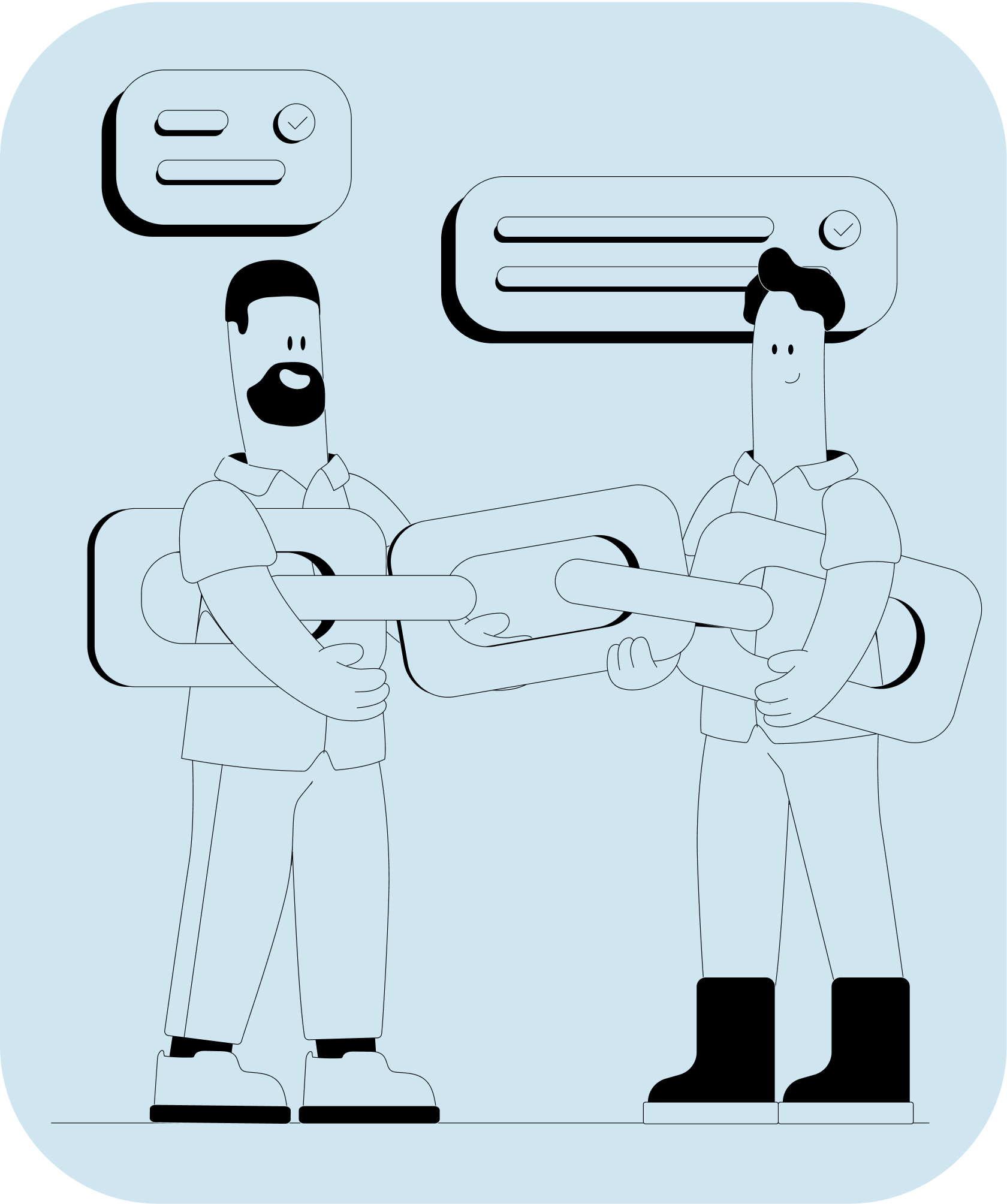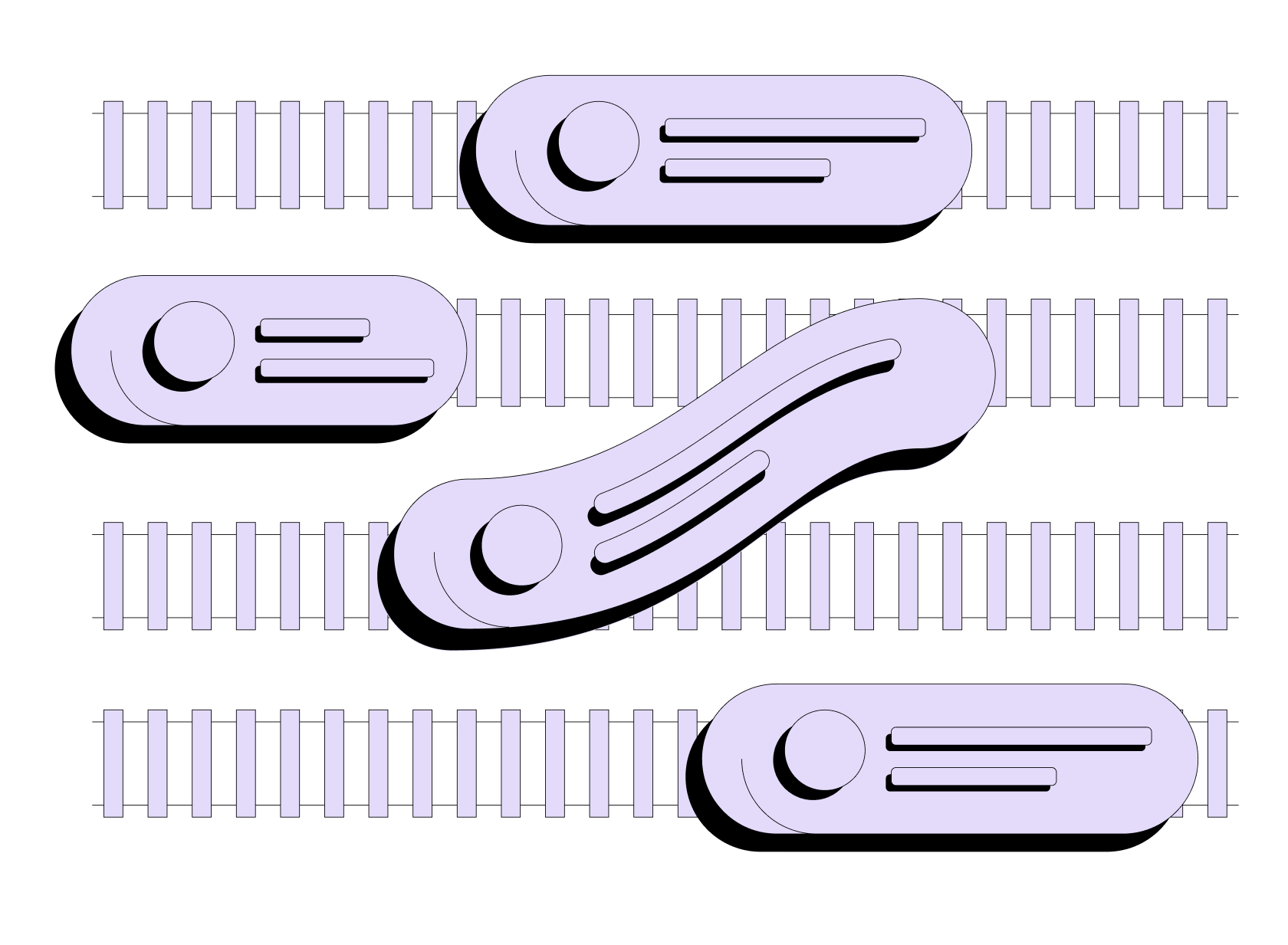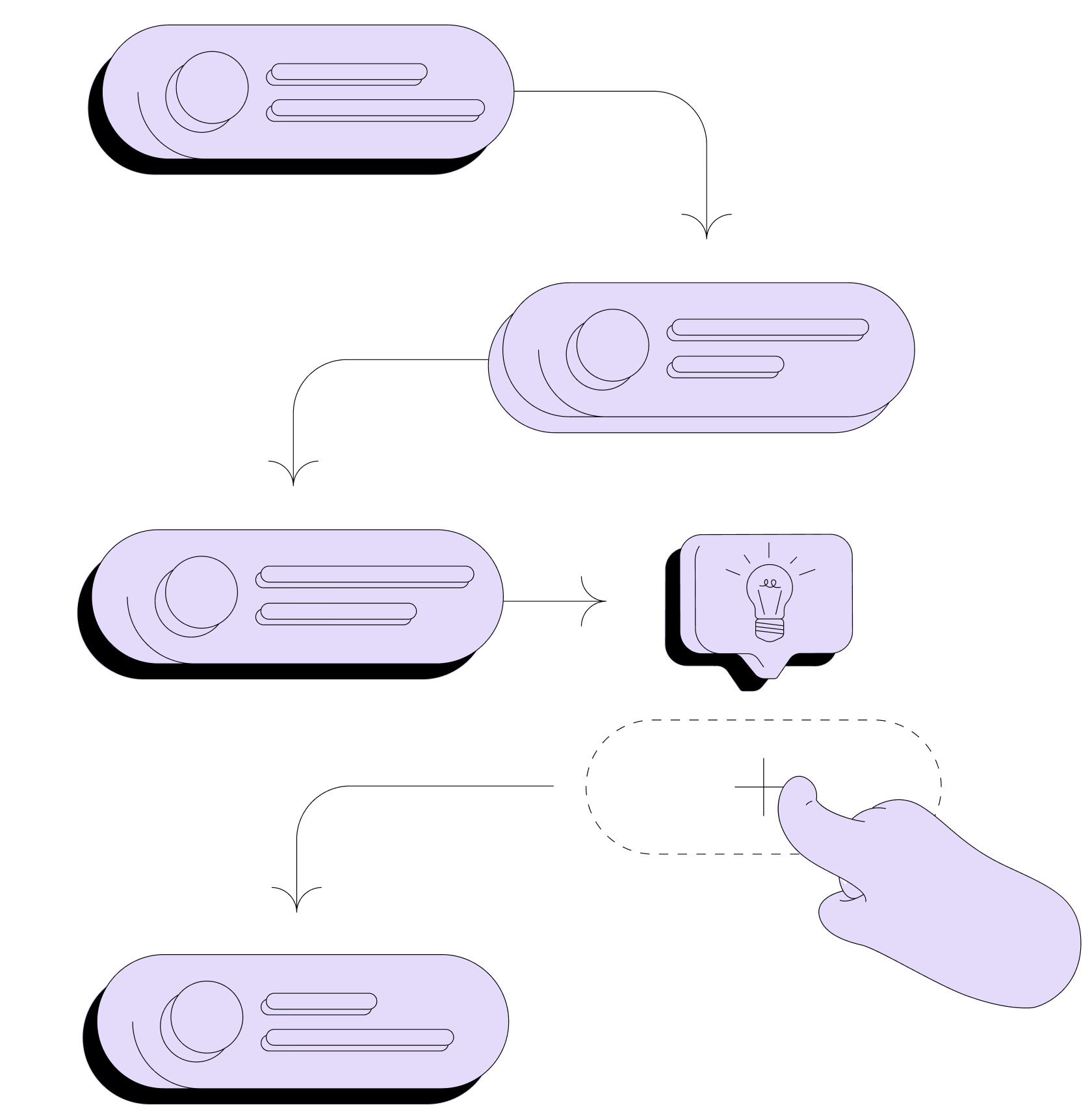CCPM
- Discourages multi-tasking
- Emphasises the importance of communication between team members to mitigate risks
- Focused on risk management, resource allocation, and the use of buffers
- Includes buffers to tackle uncertainties ahead

Critical Chain Project Management was developed by Dr. Eliyahu M. Goldratt in 1997 as a response to the inability to complete tasks on time and within budget. Dr. Goldratt first introduced the method in his work on Theory of Constraints (TOC), which focuses on identifying and fixing bottlenecks in order to improve the entire workflow.
The critical chain and the critical path are both project management methodologies that let a manager focus on scheduling projects. Although the critical chain incorporates the critical path, the two methods are different in several ways.
Here's a guide to the nine steps you need to take in the CCPM process:

• Reduce all time estimates by 50% (the protection that is cut is inserted as a buffer in the project)
• Level the project plan and remove resource retentions and constraints (in this phase, a critical path is transformed into a critical chain)
• Add a portion of reduced task duration estimation into the Project Buffer and insert it at the end of the project
• Insert Feeding Buffers at points where non-critical chain path meets critical chain path
• Protect the Critical Chain from unavailable resources by placing Resource Buffers where appropriate
• Insert Capacity Buffers where needed
• Schedule tasks as late as possible (this will help you prevent multitasking)
• Encourage aggressive task completion time and emphasize the importance of start time to complete the tasks as quickly as possible
• Manage buffers and gain the information necessary for controlling the plan and taking recovery actions if needed
Here’s a real-world example of CCPM in action. Let’s say you’re building something. You created a plan and built a schedule based on the critical path. Although you have given enough thought to each project stage and started working on it, you suddenly realize there isn’t enough equipment or people to achieve the project's goal on time.
To prevent the project from failing, you consider resource constraints and allocation in your project planning and modify the critical path. Essentially, you change the critical path into a critical chain, and this way, you create a much more realistic schedule.
The critical chain helps us increase a project's success and efficiency by managing risks, optimizing and monitoring resource allocation, and improving communication.
Traditional project management is based on predictable experience and development tools. But, as much as we would like to be able to control every single aspect of a project, we can’t. In traditional project management practices, much time is spent training to make accurate time estimates and reducing related risks, which delays projects.
The critical Path Method isn’t very helpful either because it’s based on the theory that there are no constraints and that all the resources will be available at any given time, which is not always the case. Also, according to Critical Path Method, if any activity is delayed, the delay will pass on to the next activity and delay the entire project.
Unlike other techniques, Critical Chain Optimization (a huge part of CCPM) helps view which time estimates we can shorten and evenly distribute workload thanks to flexible start times. Finally, Critical Chain Optimization ensures we don’t need a safety margin, and all tasks are completed ahead of schedule.

Although CCPM is mainly used in multi-project environments that require a lot of resources, you can apply it on your projects regardless of whether you are running a small company or a big corporation.
CCPM is probably one of the most practical and the most important project management techniques because of several benefits it offers:
• It helps people become more focused on their tasks, thus increasing team productivity and efficiency
• It helps your team overcome the Student Syndrome phenomena (when people begin working more as the deadline starts approaching)
• It avoids mismanagement of floats
• It considers the minimal time needed to complete the project
• It accelerates project completion
• It makes a significant reduction in capital requirements

Learn more about the importance of resource allocation
Learn how relationships between tasks determine the critical chain
Even though we said that project management tools tools often lack the options to incorporate CCPM, there are workarounds that allow you to plan critical chain in workflow management software. ActiveCollab is a work management software that can help you apply any methodology, including critical chain.
First, you should identify the critical chain and its activities. You can create tasks in ActiveCollab, describe them in detail, book and assign them, and attach files. All tasks can be estimated and provided with a due date. This way, you’ll know precisely which activity must be completed at a certain time. The main characteristic of a chain is that its links are connected, just as the activities in a project.
ActiveCollab allows you to create task dependencies and is equipped with automatic rescheduling. This means that if you change the due date of a parent task, the child’s start date will automatically be moved as well.
The three project views let you view tasks as a to-do list, columns, or arranged on a timeline, aka the Gantt chart. Once you insert all the necessary information, it will be much easier to monitor project progress and guide your team and their assignments. The Workload feature lets you monitor everyone’s employment and use resource leveling when needed. All in all, a visual tool that is user-friendly at a small cost, such as ActiveCollab, can help project managers step up the quality game and stay on top of deadlines.

Continue reading
Project Management Methodologies Introduction
Get familiar with the most popular methodologies modern project managers use! Learn the basics and choose the best method to manage your teams and projects.
